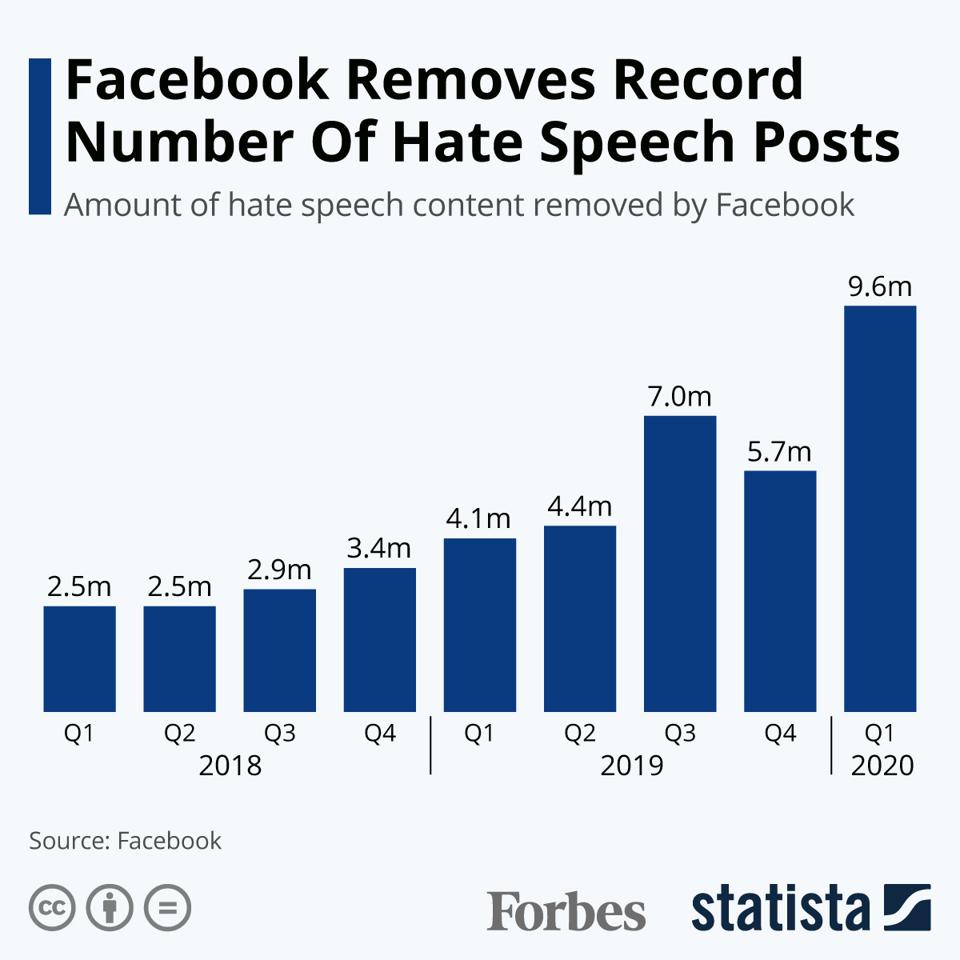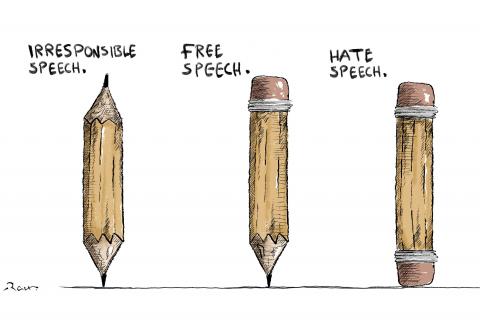Introduction
Social media has become an increasingly important component of modern life. In the past decade alone, social media platforms have grown to over a billion users and hundreds of millions of posts per day. The proliferation of these sites has created a new space for freedom of speech and controversy. Freedom of speech and the right to express oneself is essential. The government must not infringe upon this right in any way, shape, or form. However, it is essential to ensure that people are not abusing their freedom of speech by inciting violence against others.
Freedom of Speech
Freedom of speech is one of the most critical principles in American law, enshrined in the Bill of Rights. In this country, citizens have the right to express themselves freely without fear or favor from their government, including through social media (Johnson, 2018). However, this freedom comes with caveats: citizens cannot use social media to incite violence against others (or themselves). They also cannot be arrested based on their speech alone if they do not commit a crime. The chart below shows the number of hate speech posts removed by Facebook in recent years.

Social media also presents challenges to freedom of speech by encouraging users to post controversial content without fear that it will result in legal consequences. For example, when someone posts something that might be considered racist or offensive on Facebook or Twitter, there is no way that person can be arrested or prosecuted for doing so unless they act on those beliefs by committing a crime against another human being or self-harm. The image below is an illustration of freedom of expression using a pencil;

What Is Too Much
Cyberbullying is considered to be too much when it comes to social media. Cyberbullying can be hurtful and harmful, especially to someone who may be vulnerable. Additionally, hate speech on social media is just not appropriate. Keles et al. (2020) argue that hateful words directed at an individual or group of people because of their race, religion, sexual orientation, or whatever else makes them different are regarded as hate speech.
Lastly, threats of violence against others are regarded too much regarding freedom of speech. This includes posting pictures of oneself holding guns, knives, or other weapons threatening violence against someone else and sending threats via email or text message. Posting photos of holding up signs saying “Hitler was right” or “I want to kill all Jews” and drawing pictures depicting violence against others are examples of some actions considered too much.
Age Limit
There should be an age limit regarding Social Media and Freedom of Speech. Social media platforms are not suitable for children and young people as they can be exposed to inappropriate content and may not be equipped to handle the responsibility of using social media. Additionally, freedom of speech can be a dangerous tool for young people who may not understand the consequences of what they are saying or sharing. Therefore, it is essential to set age limits to protect young people from potential harm. According to Livingstone & Blum-Ross (2020), the minimum age for most social media sites in the United States is 13, although many sites have age restrictions. In addition, parents need to be aware of their children’s activity on social media and ensure that they are using it responsibly.
Monitoring and Regulation
Monitoring and regulation by law enforcement and private companies to prevent hate speech, cyberbullying, and other forms of digital harassment is an excellent measure but comes at a cost. As a result, social media platforms have been criticized for their lack of regulation and failure to protect users from online abuse. Social media platforms should have systems to ensure that all users are responsible for their actions. Platforms should report users who violate these restrictions or engage in inappropriate behavior.
Fair Punishment
The first thing to remember is that freedom of speech does not mean freedom from consequences. There are legal consequences for what one says on social media. If someone were to sue for libel or slander, they could win damages based on any statements that were false or defamatory about them. This would cost them thousands of dollars in court fees and attorney’s fees, but it might also ruin their life financially if forced into bankruptcy due to their legal costs.
Fair punishment for overstepping boundaries regarding social media and freedom of speech will depend on the severity of the violation. If it is a minor violation, such as a single instance of hate speech, the user may be given a warning, or the post may be deleted. More serious violations, such as repeated instances of hate speech or threats of violence, could result in the user being suspended or banned from the platform. Additionally, the user may face criminal charges if the behavior is illegal.
Conclusion
In conclusion, social media has revolutionized how people communicate publicly and privately, allowing users to express thoughts and feelings freely. Nevertheless, it also challenges freedom of speech and requires greater oversight to protect users from abuse and digital harassment. Social media has become an essential part of our lives, but it is necessary to remember that it can be used for good or bad. We ought to be mindful of how we use it and the potential harm our posts can cause. We should also remember that freedom of speech is a cornerstone of our democracy and that everyone should be allowed to express their views without fear of censorship or retribution.
References
Cartoon Movement. (n.d). Freedom of expression. Web.
Forbes. (n.d). Facebook Removes Record Number of Hate Speech Posts. Web.
Johnson, A. M. (2019). Freedom of Speech. Cavendish Square Publishing, LLC.
Keles, B., McCrae, N., & Grealish, A. (2020). A systematic review: The influence of social media on depression, anxiety and psychological distress in adolescents. International Journal of Adolescence and Youth, 25(1), 79. Web.
Livingstone, S., & Blum-Ross, A. (2020). Parenting for a digital future: How hopes and fears about technology shape children’s lives. Oxford University Press.